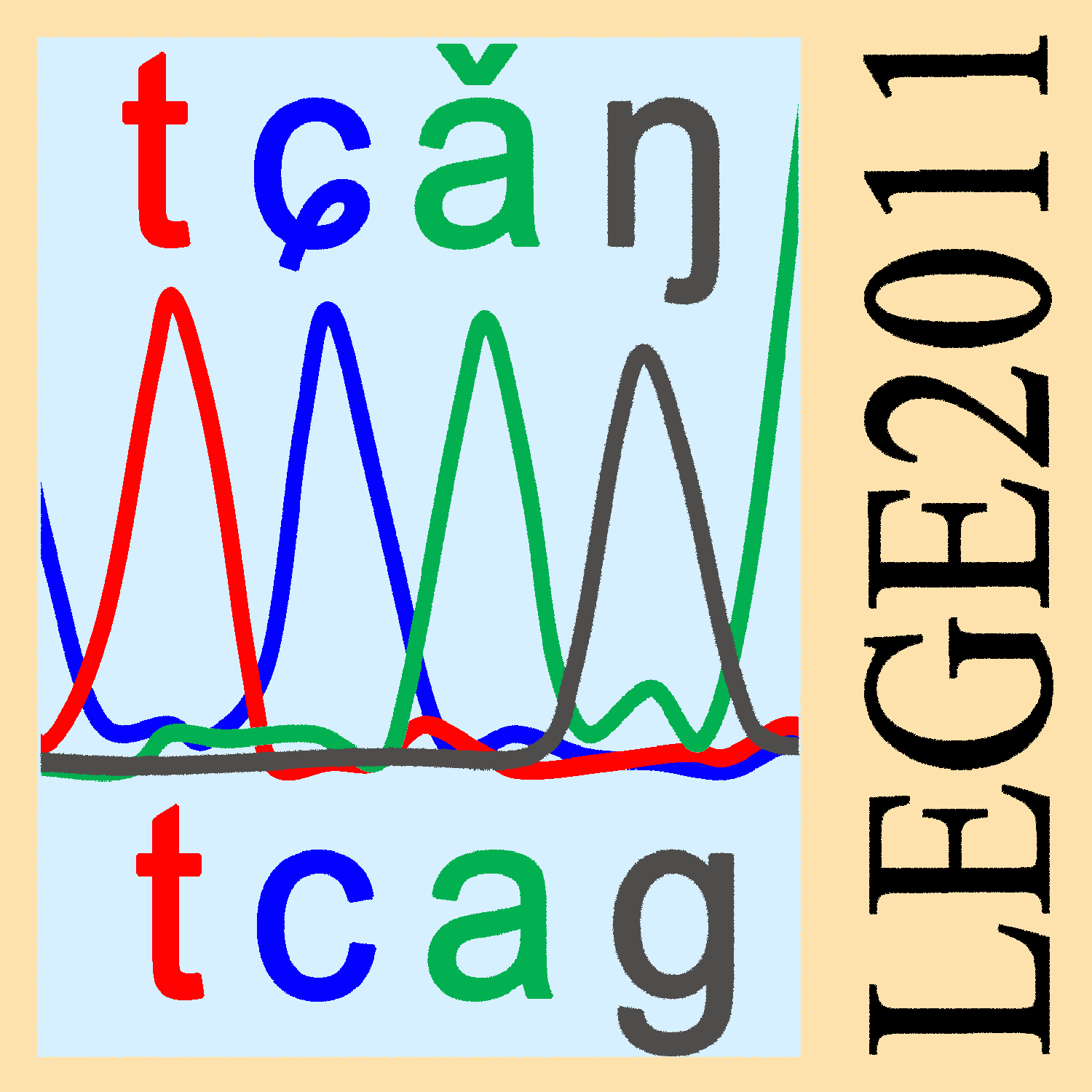 COM.on C.A.5:e21/143-147
Online published on
Dec.15, 2011.
COM.on C.A.5:e21/143-147
Online published on
Dec.15, 2011.doi:10.4236/coca.2011.51021
 COM.on C.A.5:e21/143-147
Online published on
Dec.15, 2011.
COM.on C.A.5:e21/143-147
Online published on
Dec.15, 2011.Laurent Sagart
Centre de Recherches Linguistiques sur l'Asie Orientale, Paris, France
Key words: Sino-Tibetan-Austronesian, homeland, linguistic paleontology, reconstruction, food production
Recieved: Sep.18, 2011 Accepted: Oct.4, 2011 Corresponding: laurent.sagart@gmail.com
《现代人类学通讯》第五卷e21篇 第143-147页 2011年12月15日网上发行
会议报告
华澳语系发源于何时何地?
沙加尔
法国科研中心东亚语言研究所,法国巴黎
摘要:华澳语系(Sino-Tibetan-Austronesian)包括狭义的汉藏(汉+藏缅)及南岛语族。侗台语被认为南岛语之下的一个语支。华澳语系的发源地在何时何地? 它扩散的原因是什么? 本论文通过对华澳共同词汇的考察, 特别是有关植物栽培,动物驯化,还有其他文化方面的词汇, 提出华澳语系的发源地是今河南省的仰韶文化中期(八里岗, 南交口等遗址, 公元前4500-4000年左右)的假设。也认为, 原始华澳社会已经有农业, 既有谷子(Setaria italica)又有稻子(Oryza japonica, 粳稻)。有了这两种谷物, 不管气候怎样, 每年都可以有收获。谷子对于猪的驯化也起重要作用。重点虽然在农业上, 但原始华澳社会也会用网来捕鱼。得到食物的方法多样化, 生活方式有灵活性, 比当时其他社会更先进, 使得人口能有膨胀, 地理上有扩散, 语言也随着扩散, 分成东西两组; 东组到海边, 成为大汶口文化, 渔业变得更重要, 航行技术有所发展。部分人坐船寻找适合捕鱼, 同时也可以种稻子和谷子的河口湾。这些人的一部分公元前3500-3000 左右到达台湾, 形成了大坌坑文化。他们的语言为原始南岛语。西组即将来的汉藏。到了公元前3500-3000 年左右, 汉藏组又分东西两组; 东组即将来的汉语,西组即将来的藏缅。
关键词:华澳语系; 发源地; 语言古生物学; 构拟;食物生产
收稿日期:2011年9月18日
修回日期:2011年10月4日
联系人:沙加尔
laurent.sagart@gmail.com